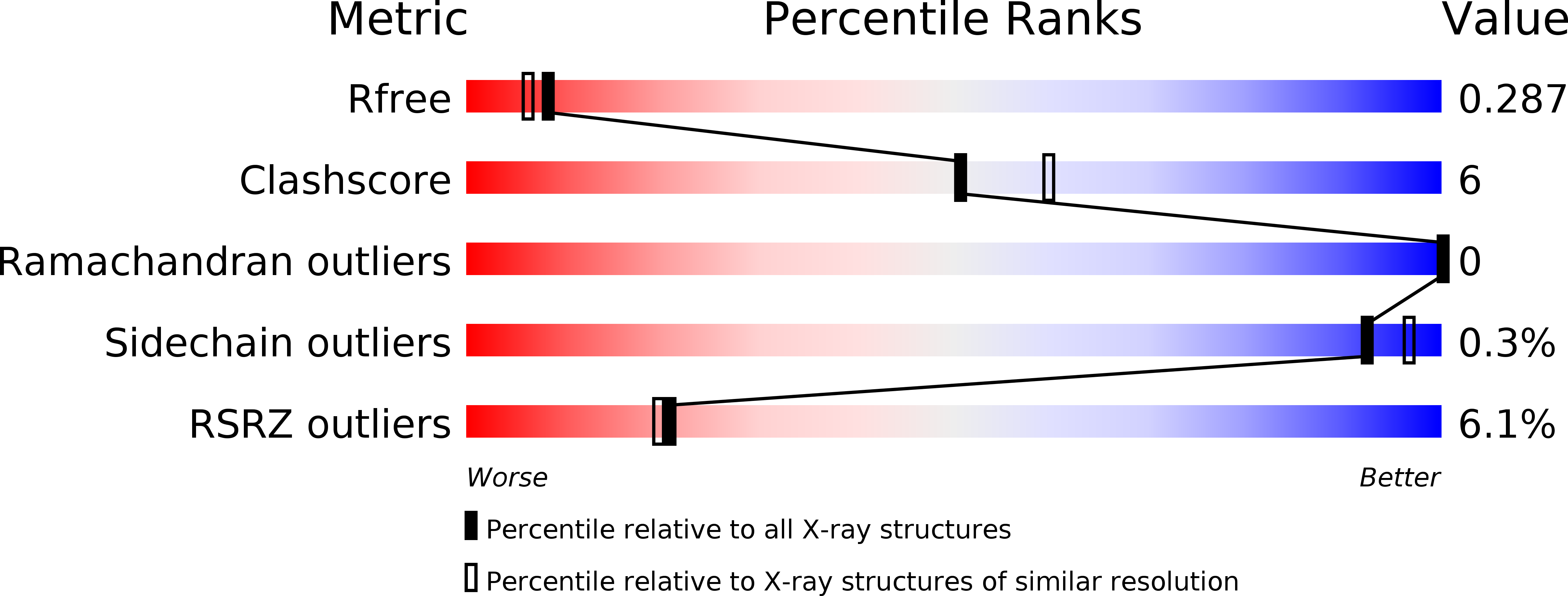
Deposition Date
2015-12-22
Release Date
2016-10-05
Last Version Date
2024-04-03
Entry Detail
PDB ID:
5FHY
Keywords:
Title:
Crystal structure of FliD (HAP2) from Pseudomonas aeruginosa PAO1
Biological Source:
Source Organism:
Host Organism:
Method Details:
Experimental Method:
Resolution:
2.20 Å
R-Value Free:
0.28
R-Value Work:
0.24
R-Value Observed:
0.25
Space Group:
P 6


